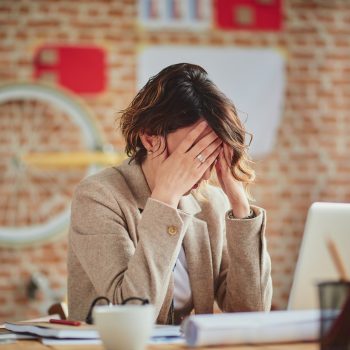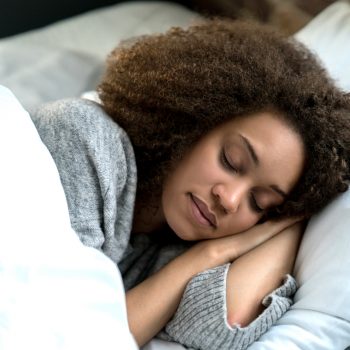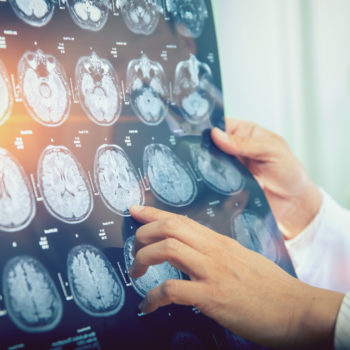When we talk about headache, it seems that only women are always affected and complain about the pain, especially in spring and autumn. This is also believed, in general opinion, for cluster headache. Is it true or false? Dr. Vincenzo Tullo, neurologist and head of the headache clinic of Humanitas, responds.
“False. In the case of cluster headache, a particular form of headache that appears especially in spring and autumn, it is men who are most affected – explains the expert. It is not yet known why this type of headache affects men 3-4 times more than women, but we know that it manifests through very intense pain, which lasts 5 to 180 minutes. Attacks can appear very variably, once every two days or even eight times a day. The pain can be so intense that even lying down cannot bring relief. Cluster headache can sometimes be accompanied by other disorders, such as nasal congestion, tearing, sweating. Symptoms of cluster headache usually appear with seasonal changes, particularly in spring and autumn. The link between headache and seasonal change is due to the fact that the pain arises from the activation of certain brain areas including the hypothalamus and suprachiasmatic nucleus. In fact, the hypothalamus is an area of the brain extremely sensitive to changes in circadian rhythms, or natural rhythms also related to atmospheric changes, which occur precisely with the transition from one season to another. For those with cluster headache it is very important to avoid some worsening factors during the active period: alcohol, smoking, inhalants, high altitudes, afternoon sleep and vasodilator drugs. In addition, at the onset of the cluster headache, preventive therapy should be started early in order to minimize the number of crises and their intensity.
To solve the annoying problem of cluster headache, the advice is to seek expert advice immediately. In fact, if treated in time, it will prevent the headache from becoming a chronic disorder. Treatments can be both pharmacological and surgical.










